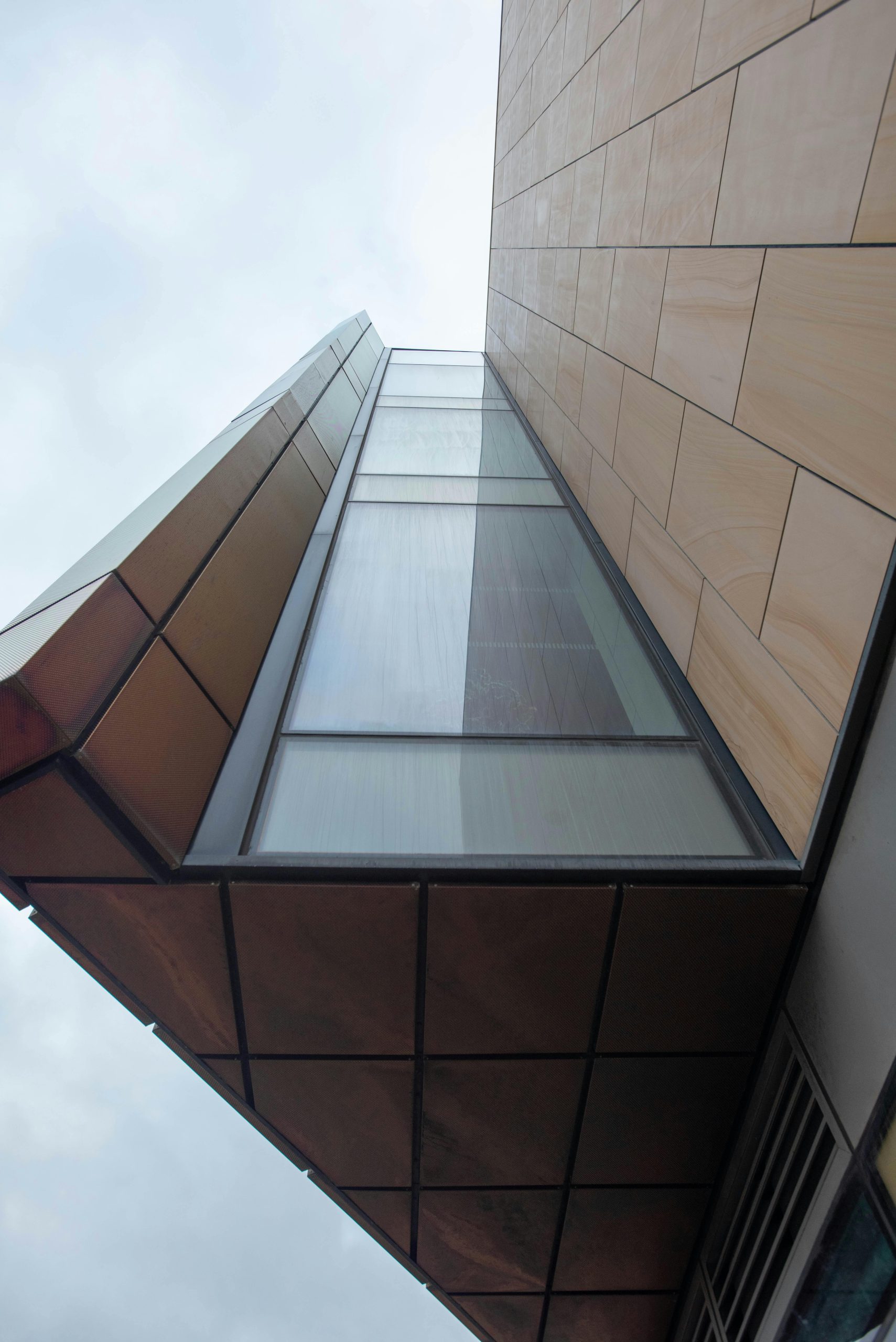In today’s fast-paced world, distractions are everywhere—especially when you’re in a new environment. Whether you’re traveling, working remotely, or simply relocating to a different workspace, maintaining deep work habits can feel like an uphill battle. Deep work, a concept popularized by Cal Newport, refers to the ability to focus without distraction on cognitively demanding tasks. But how do you cultivate this level of concentration when your surroundings are unfamiliar? The key lies in building adaptable routines that prioritize focus, no matter where you are.
Understanding Deep Work and Its Importance
Deep work isn’t just about working hard—it’s about working smart. It’s the practice of immersing yourself in a task with undivided attention, free from interruptions. Research shows that deep work leads to higher productivity, better problem-solving skills, and even a sense of fulfillment. However, new environments often disrupt our usual rhythms, making it harder to enter this state of flow.
To master deep work in unfamiliar settings, you must first recognize the barriers:
- Environmental unpredictability: New places come with unknown noises, lighting, and ergonomics.
- Lack of routine: Without established habits, distractions creep in more easily.
- Mental adjustment: Your brain needs time to adapt to a new workspace.
By addressing these challenges head-on, you can create a deep work routine that thrives anywhere.
Designing a Portable Deep Work Environment
Your physical surroundings play a crucial role in your ability to focus. While you can’t control everything in a new place, you can optimize your workspace for deep work. Here’s how:
1. Minimize Distractions Proactively
Before settling into work, scan your environment for potential interruptions. If you’re in a coffee shop, choose a seat away from high-traffic areas. Use noise-canceling headphones or white noise apps to block out chatter. If you’re in a co-working space, look for quiet zones or book a private pod if available.
2. Recreate Your Ideal Setup
Carry a “deep work toolkit” with essentials that signal focus to your brain. This might include:
- A lightweight laptop stand for ergonomics
- Blue-light blocking glasses to reduce eye strain
- A familiar notebook or planner for structuring tasks
These small touches can make any space feel more conducive to deep work.
3. Control Digital Clutter
New environments often tempt us to multitask. Use apps like Freedom or Cold Turkey to block distracting websites. Turn off non-essential notifications and set your phone to “Do Not Disturb” during deep work sessions.
Establishing Rituals for Rapid Focus
Rituals help your brain transition into deep work mode, even in unfamiliar settings. Here are three powerful techniques:
The 5-Minute Warm-Up
Spend five minutes reviewing your goals for the session. Write down the single most important task you need to accomplish. This mental priming reduces decision fatigue and sharpens focus.
The Location Anchor
Assign a specific spot in your new environment for deep work only—whether it’s a desk, a corner table, or even a park bench. Over time, your brain will associate that space with concentration, making it easier to slip into deep work.
The Focus Sprint
Start with short, timed bursts of work (e.g., 25 minutes) followed by a 5-minute break. The Pomodoro Technique works exceptionally well in new places because it creates structure where none exists.
Adapting to Environmental Challenges
No two workspaces are identical, so flexibility is key. Here’s how to handle common obstacles:
Dealing with Noise
If your environment is noisy, try binaural beats or instrumental music to mask distractions. Alternatively, use earplugs if complete silence helps you focus.
Managing Poor Ergonomics
If your chair or desk isn’t ideal, take frequent stretch breaks to avoid discomfort. Use a cushion for back support or a rolled-up sweater as a makeshift wrist rest.
Handling Interruptions
In shared spaces, polite but firm boundaries are essential. Wear headphones (even if you’re not listening to anything) to signal that you’re in focus mode. If someone interrupts, kindly say, “I’m in the middle of something—can we chat later?”
Maintaining Consistency Across Locations
The true test of a deep work routine is its portability. To ensure consistency:
- Track your sessions: Use a habit tracker to log deep work hours, no matter where you are.
- Reflect and adjust: At the end of each day, note what worked and what didn’t in your new environment.
- Start small: Don’t expect four-hour deep work blocks immediately. Build stamina gradually.
Over time, these practices will make deep work feel natural, regardless of your location.
Conclusion
Mastering deep work in new environments isn’t about finding the perfect place—it’s about creating the perfect mindset. By designing a portable workspace, establishing focus rituals, and adapting to challenges, you can maintain peak productivity anywhere. Remember, deep work is a skill that strengthens with practice. The more you train your brain to focus amid change, the more resilient and effective you’ll become. So the next time you find yourself in an unfamiliar setting, embrace it as an opportunity to refine your deep work routine.


